 I have always wanted to take my children to the Pic du Midi, because at about the same age they are now, my parents took me there and I still can remember it so vividly. Going up in the gondola and walking around the grounds of the observatory and listening to the astronomer in charge, left an indelible memory in my mind. I still have postcards of photos of Jupiter, Saturn, and solar spots bought at the observatory some 40 years ago! I treasure them! Speaking of solar spots, and solar flares, when we went with our family, one year ago, I was able to book for us an entire night up there, complete with observation, and a backstage ("Interdit au Public" = "Forbidden to Public" area) visit of 3 different domes including the H alpha coronograph, one of the key instruments involved in the study of our Sun in the world. What is a coronograph? It is an instrument invented by Bernard Lyot, a French astronomer (born Feb. 27, 1897, Paris, Fr.—died April 2, 1952, Cairo, Egypt), in 1930, which allows the observation of the "crown" of the sun, the surface area that you see around the sun when there is a total eclipse. The coronograph recreates a permanent eclipse that allows the observation of the sun's crown for solar flare activity for example. The Pic du Midi Coronograph and other instrument, the "Lunette Jean Rösch" with the eShel spectrograph are teamed up with the Mauna Loa Solar observatory in Hawaii and the two observation sites have been clocking 24/7 Spectrographic Sun chromosphere observations, for years, studying magnetism activity of our very own star and its famous "spots" that seem to happen regularly every 11 years. Other telescopes at the Pic du Midi, include the 1 m telescope open in 1963 and partly funded by NASA, which helped map the lunar surface in prevision of the lunar module landing. How cool is that? Below, I am showing pictures of my children standing in front of the 2 meter mirror reproduction, for the telescope of the same size, that came into service in 1979. It's hard to believe that at the time it was one of the biggest mirrors ever created for an optical telescope! Today, it is on the small scale compared to the Gran Telescopio of the Canaries Island and its 10 meters of diameter! My children are still talking about their experience at the Pic du Midi, and I am confident it will stay with them their whole life. It is important to provide our children with "other and deeper perspective" in this world, so that they can understand the value of our planet and of ALL the beings on it! If you can't go to France, look for the closest observatory in your city, or town, or even a planetarium. Take them there... It will make them think... I promise you! Sometimes, any way, a closer trip is best, as the altitude is not conducive or great energy (see my son below, pooped after walking around the grounds of the observatory, trying to acclimate to less oxygen in the air LOL). Observing our night sky has always been a fascinating thing for me. When you perceive the faint light of a galaxy billions of miles away and you think of how this is actually quite close compared to the scale of our local group of galaxies and to the even bigger scale of the larger Virgo cluster of galaxies we belong to. It is not only mind blowing, but it also helps put in perspective the non-sense, greed, and hatred that some people exhibit on our planet, most certainly caused by their ignorance and their navel gazing. Personally, I prefer star gazing... What about you?
0 Comments
|
AuthorIsabelle Chauffeton Archives
October 2019
Categories |



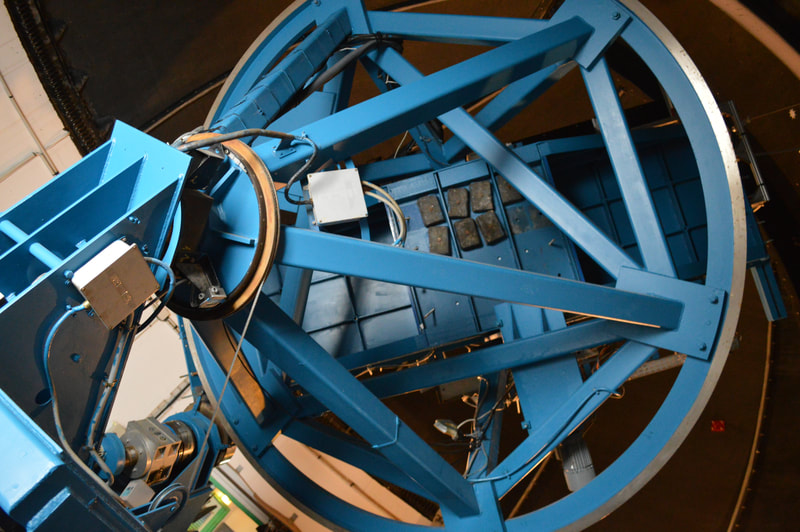
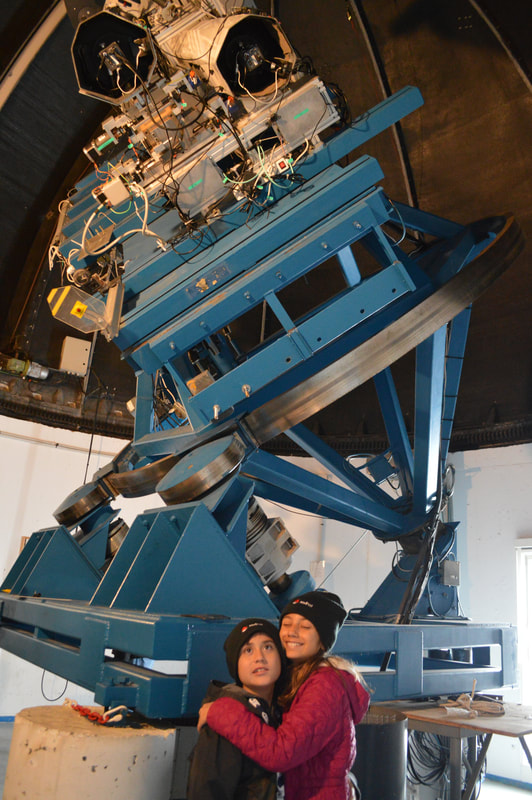



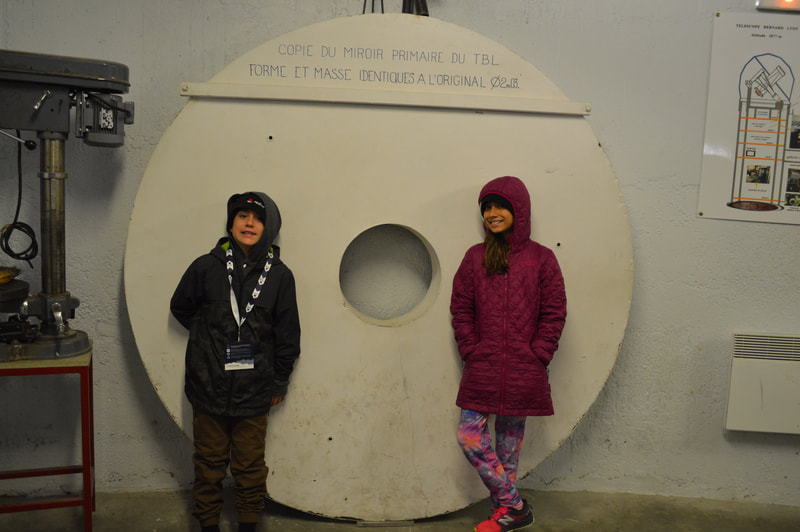

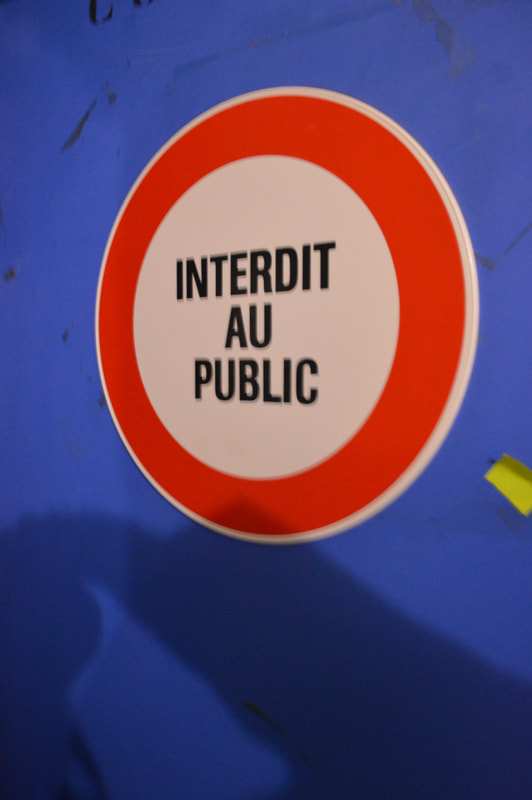



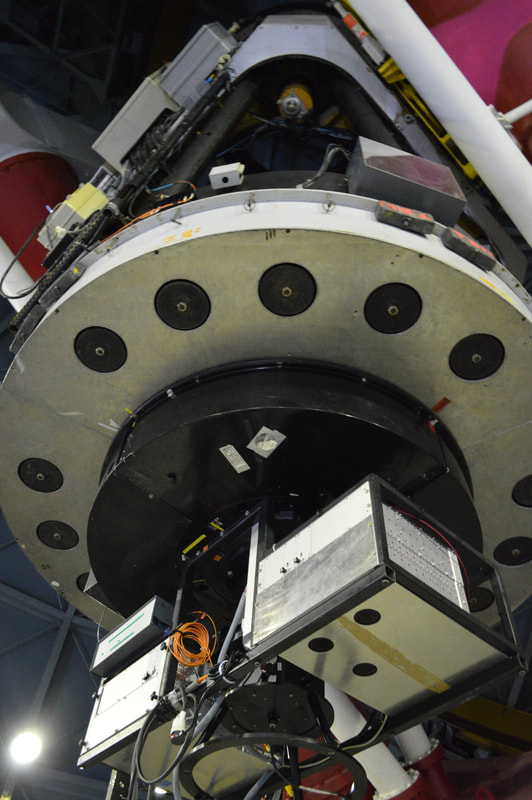




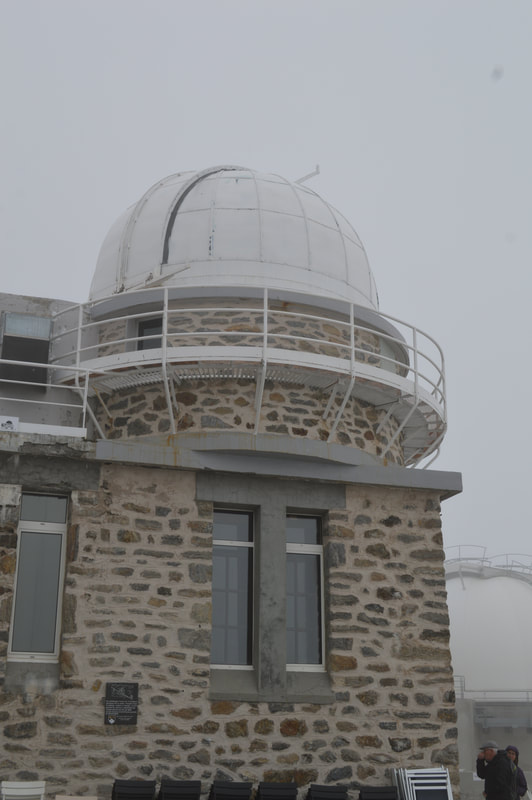

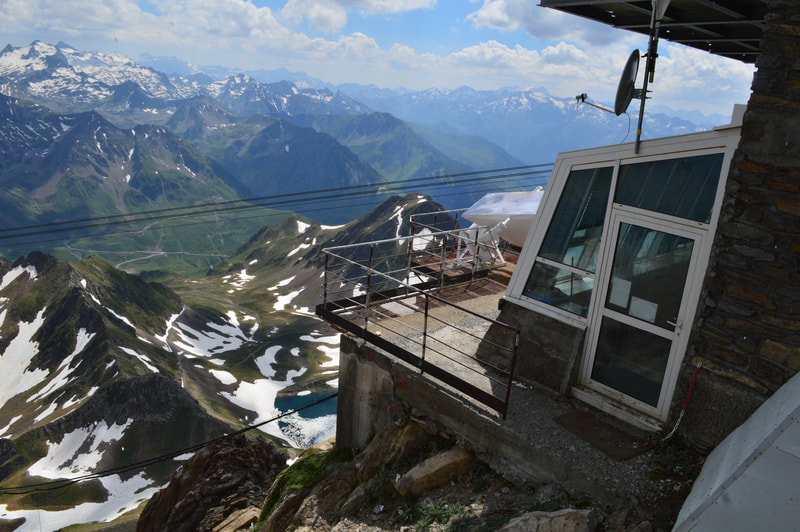
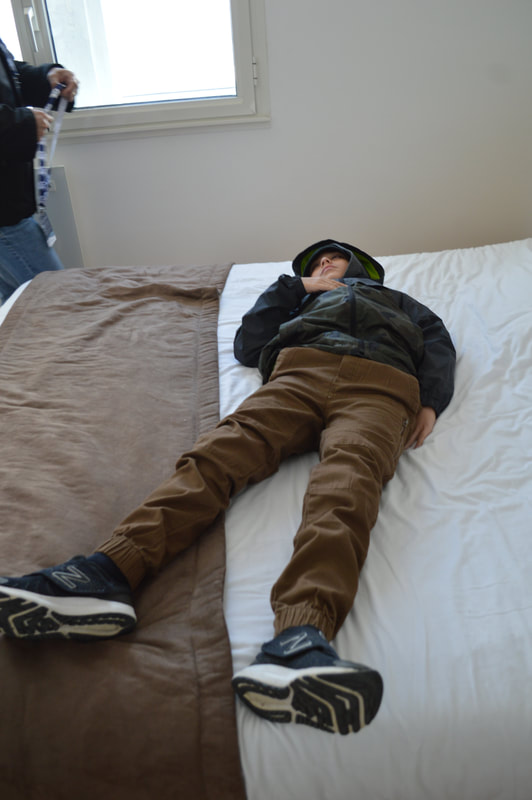

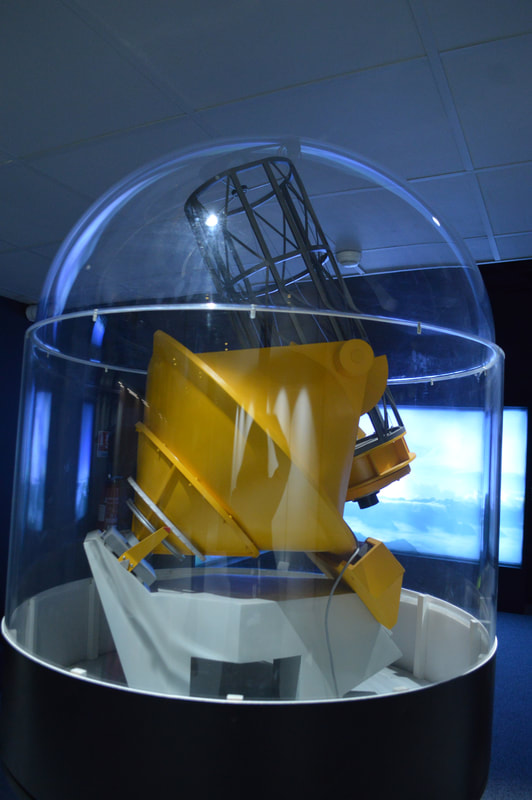






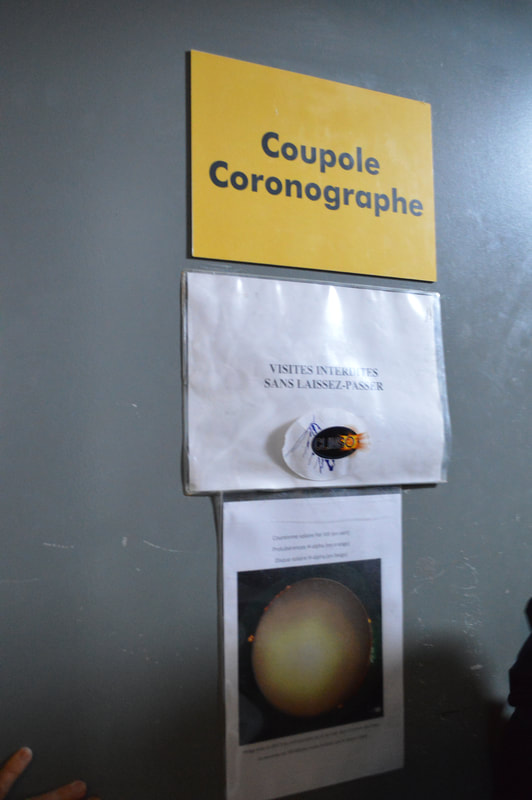



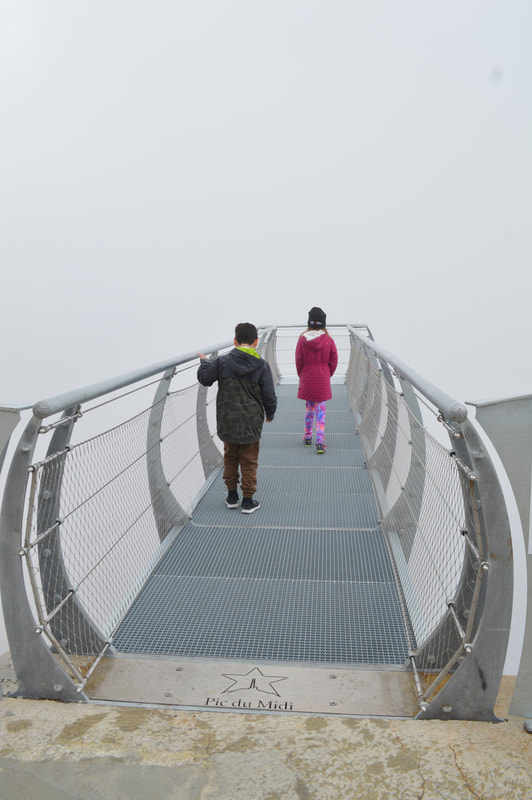

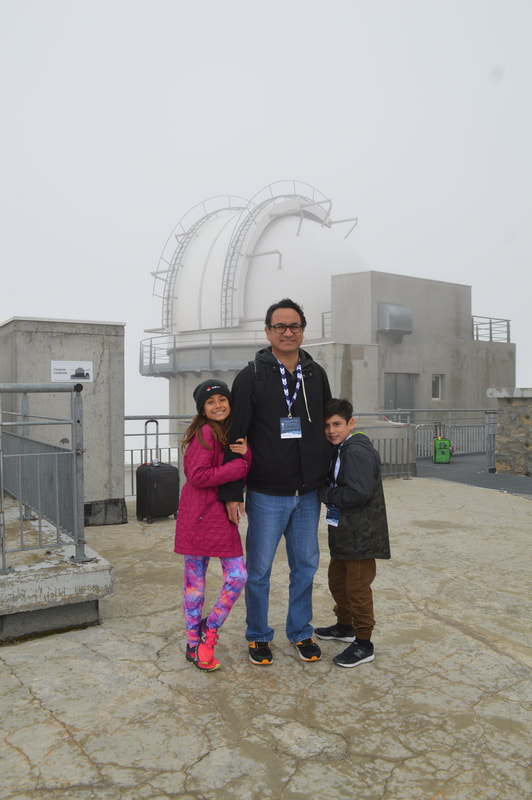


 RSS Feed
RSS Feed